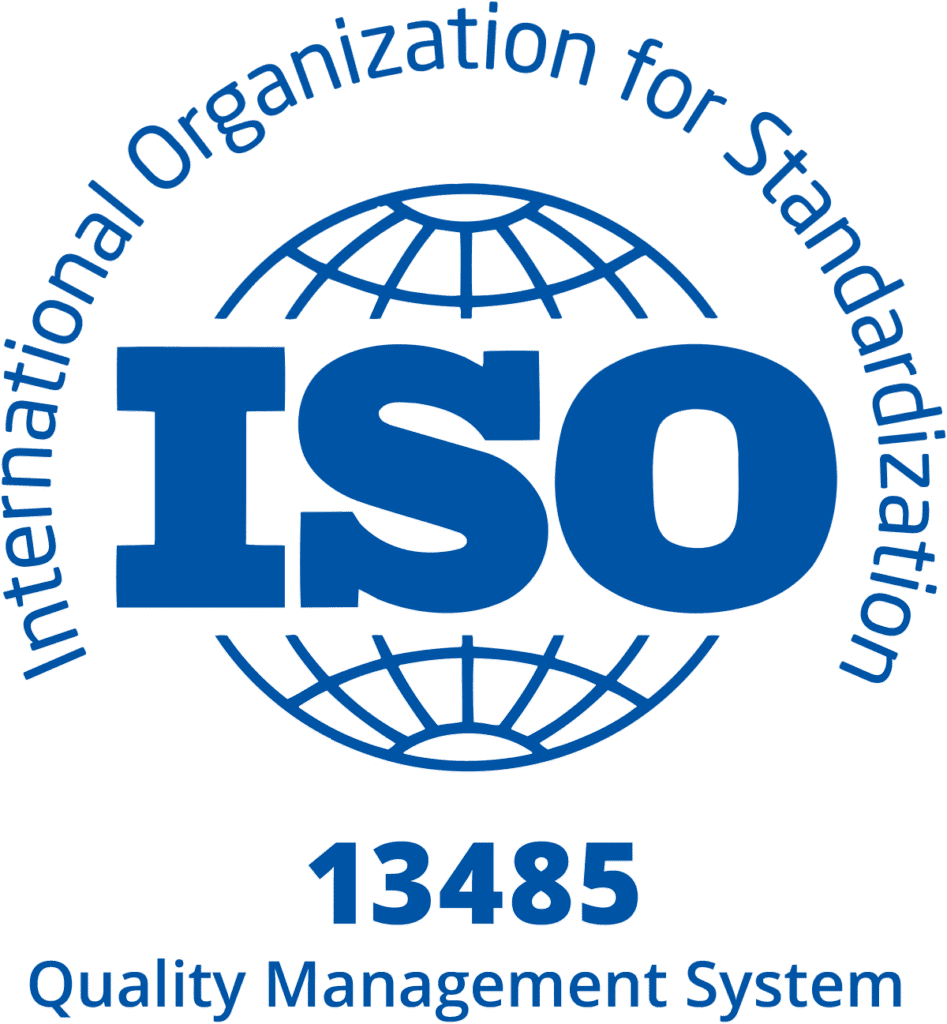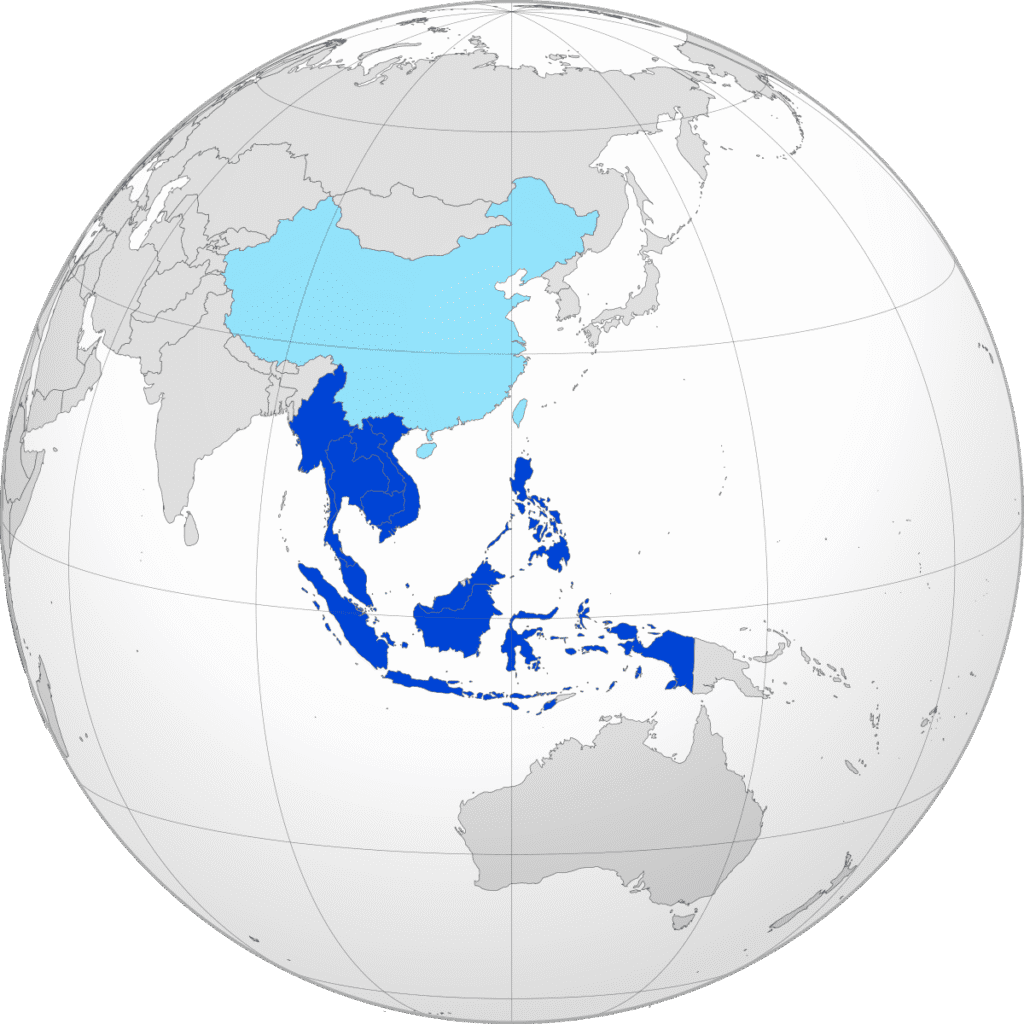In the global market for disposable gloves—essential for healthcare, food processing, industrial, and daily hygiene sectors—China and Southeast Asian countries (Malaysia, Thailand, Vietnam) are top producers. While Southeast Asia has grown competitive via lower labor costs and regional trade deals, Chinese manufacturers hold comprehensive advantages in finished products, quality, supply chains, and value-added services. These strengths address global buyers’ core needs, solidifying China’s role as a preferred supplier of high-quality, reliable disposable gloves.
I. Finished Product Advantages: Diversity, Customization, and Technical Superiority
Chinese disposable gloves outperform Southeast Asian counterparts in meeting diverse demands, offering flexible customization, and integrating advanced features—gaps rooted in Southeast Asia’s limited scale and technical capacity.

1. Wide Product Range for All Market Segments
Chinese manufacturers cover low-, medium-, and high-end markets, while Southeast Asia focuses on basic-grade products:
- Material diversity: China leads in nitrile, latex, vinyl (PVC), and polyethylene (PE) gloves, with specialized variants like powder-free, low-protein latex, and biodegradable PE gloves. In 2024, Chinese nitrile glove output accounted for 68% of global production (China Rubber Industry Association), including medical-grade options with tensile strength ≥18 MPa and 30+ minute resistance to 10% sodium hydroxide (ASTM D6978). Southeast Asia primarily produces standard nitrile/latex gloves—Vietnam’s exports are 70% basic nitrile, with few low-protein or chemical-resistant options.
- Application-specific designs: China offers niche solutions: sterile surgical gloves with textured fingertips and reinforced cuffs (healthcare); FDA-approved, anti-slip gloves (food processing); heavy-duty nitrile gloves with ≥8 N puncture resistance (EN 388, industrial). Southeast Asia focuses on generic designs—Thailand’s top exporters require 500,000-unit MOQs to customize industrial-grade puncture-resistant gloves, which are not standard offerings.
This diversity lets buyers source all needs from one Chinese supplier, cutting logistics and procurement costs—an edge over Southeast Asia’s fragmented range.
2. Flexible Customization for Buyer Needs

Chinese manufacturers excel at customization, critical for branded or market-specific products. Unlike Southeast Asian factories (300,000–500,000-unit MOQs for custom orders), Chinese suppliers handle 50,000–100,000-unit batches with personalized features:
- Branding/packaging: Custom printing (buyer logos), variable pack sizes (100-piece for healthcare, 500-piece bulk for industry), and multilingual labeling (EU CE, US FDA, Middle Eastern SFDA). A European food distributor, for example, can order 100,000 nitrile gloves with French/German labels and 200-piece retail packs—Malaysian manufacturers typically refuse such orders under 300,000 units.
- Technical tweaks: Buyers adjust thickness (0.08mm lightweight to 0.15mm industrial), length (9-inch standard to 12-inch chemical-resistant), and color (blue for healthcare, black for automotive). A 2023 Global Disposable Glove Association survey found 72% of European importers preferred Chinese suppliers for customization, vs. 21% for Southeast Asian counterparts.
This flexibility lets buyers adapt to trends (eco-friendly packaging, color-coded gloves) without overstocking.
3. Advanced Technical Features for Better Performance
Chinese manufacturers invest in R&D for performance upgrades—less common in Southeast Asia due to limited budgets:
- Powder-free technology: Chlorination and polymer coatings eliminate talc, reducing respiratory irritation. By 2024, 95% of Chinese medical gloves were powder-free, vs. 75% in Southeast Asia (where talc remains common for easy donning).
- Enhanced barrier protection: Double-layered fingertips and reinforced seams reduce pinholes. ISO testing showed Chinese nitrile gloves had a <0.5% pinhole rate, vs. 1.2% for Thai gloves.
- Eco-innovations: Biodegradable gloves (corn starch/recycled materials) and water-based packaging adhesives align with global sustainability goals. Only 5% of Vietnamese gloves meet EU biodegradability standards (EN 13432), vs. 35% of Chinese gloves.
II. Quality Advantages: Strict Standards, Rigorous Testing, and Consistency

Quality is non-negotiable for disposable gloves—especially medical-grade ones. Chinese manufacturers ensure superiority via global standards, strict testing, and consistency, addressing Southeast Asia’s quality variability.
1. Compliance with Global Quality Standards
Chinese gloves meet strict international standards, accessing regulated markets (EU, US, Japan) where Southeast Asian products struggle:
- Medical-grade gloves: Compliance with EU EN 455, US FDA 21 CFR Part 880, and ISO 10282. 85% of Chinese medical glove exporters hold CE certification (China Customs). In 2023, 30% of Malaysian medical gloves failed EU inspections for non-compliance with EN 455-2 (microbial barriers).
- Industrial/food-grade gloves: EN 388 (mechanical protection) and FDA 21 CFR Part 177 (food contact) compliance. Thai food-grade gloves face recurring FDA alerts for excess DEHP (a toxic plasticizer).
Chinese manufacturers pursue certifications proactively, hiring third-party auditors (SGS, TÜV SÜD). Southeast Asian factories often only certify when forced by buyers, leading to gaps.
2. Rigorous Testing Across Production

Chinese factories use multi-stage testing to catch defects early—Southeast Asian facilities often cut this to save costs:
- Raw material testing: Polymer purity, latex protein content (<0.1 μg/mL for low-protein gloves), and plasticizer safety are verified. A 2024 recall of 2 million Indonesian latex gloves stemmed from untested raw materials with high heavy metals—rare in China.
- In-process testing: Automated systems check thickness, elasticity, and seam strength. Chinese factories use laser sensors for real-time pinhole detection; Southeast Asia relies on error-prone manual checks.
- Final batch testing: AQL testing (critical defects: AQL 0) and microbial testing (<10 CFU/glove for medical gloves). A 2023 WHO study found Chinese gloves had a 1.8% batch failure rate, vs. 5.2% for Vietnamese gloves.
This ensures consistency—buyers trust every box of Chinese gloves meets standards, while Southeast Asian shipments often have mixed-quality batches.
3. QMS Certification (ISO 13485)

Nearly all medium-to-large Chinese glove manufacturers hold ISO 13485 (medical device QMS), mandatory for global healthcare sales. It mandates process control, traceability, and post-market surveillance.
Southeast Asia has lower adoption: 40% of Thai and 35% of Malaysian factories are certified (ASEAN Medical Device Association). A European distributor reported 15% of Indonesian glove shipments had inconsistent thickness (0.09mm–0.14mm), unsuitable for standardized use—rare with ISO 13485-certified Chinese suppliers.
III. Supply Chain Advantages: Integration, Logistics, and Resilience
A robust supply chain ensures timely delivery—critical in high-demand periods. China’s integrated industry chain, advanced logistics, and resilience outpace Southeast Asia’s fragmented, delay-prone systems.
1. Integrated Upstream-Downstream Chains

China’s end-to-end supply chain eliminates import reliance and cuts lead times:
- Raw materials: World’s top producer of nitrile rubber (55% global output) and non-woven fabrics, ensuring stable supply. Southeast Asia imports 70% of nitrile rubber from China/Japan—2023 Malaysian shortages raised production costs 30% and delayed orders 2 weeks.
- Equipment/components: Chinese manufacturers make their own dip-molding lines and sterile packaging. Southeast Asia imports 80% of equipment from China/Germany, leading to longer maintenance delays.
- Auxiliary services: Dense networks of sterilization facilities (EO/gamma), testing labs, and packagers let China complete production (raw material to packaged gloves) in 7–10 days, vs. 14–21 days in Southeast Asia.
Vertical integration lets China adjust sourcing to avoid price spikes—flexibility Southeast Asia lacks.
2. Efficient Logistics and Global Distribution
China’s infrastructure and shipping partnerships ensure fast, reliable delivery:
- Domestic logistics: High-speed rail/expressways connect Shandong/Guangdong (glove hubs) to Shanghai/Shenzhen ports in 1–2 days. Southeast Asia’s poor roads delay northern Thai shipments to Bangkok port 3–4 days (traffic, border checks).
- Global shipping: Weekly direct shipments from Shanghai/Ningbo take 2–3 weeks to Europe, 1–2 weeks to the US. Southeast Asian ports (Kuala Lumpur, Ho Chi Minh City) need transshipment via Singapore/Hong Kong, adding 1–2 weeks—peak-season delays reach 4 weeks vs. 2–3 weeks for China.
- Warehousing: Many Chinese suppliers offer bonded warehouses for “just-in-time” shipping, cutting buyer inventory costs. Southeast Asian suppliers rarely provide this, requiring full-batch delivery.
3. Resilience in Disruptions
COVID-19 highlighted China’s strength—factories maintained production while Southeast Asia struggled:
- Labor stability: Large workforce and flexible policies kept 2022 Chinese production at 90% capacity during Vietnam’s 2-month manufacturing lockdown.
- Alternative sourcing: China switched from latex to nitrile during 2021 shortages, boosting nitrile output 40% in a month. Southeast Asia’s latex reliance cut production 50%.
- Government support: Subsidies for equipment upgrades and capacity expansion. Southeast Asian governments focus on foreign investment over domestic support, slowing recovery.
IV. Additional Advantages: Cost, Support, and Partnerships
Beyond core strengths, Chinese manufacturers offer cost competitiveness, technical support, and long-term partnerships—Southeast Asia’s key gaps.
1. Cost Competitiveness Without Quality Cuts

China’s scale, integration, and efficiency make it cost-competitive—even vs. Southeast Asia’s lower labor costs:
- Production costs: 0.02–0.03 per medical-grade nitrile glove, vs. 0.03–0.04 in Malaysia. Chinese factories produce 100 million gloves/month (vs. 50 million in Southeast Asia) and use cheaper domestic raw materials.
- Total landed cost: Faster shipping and lower defects make Chinese gloves 15% cheaper than Thai gloves (European importer data)—Southeast Asia’s hidden costs (rejects, delays) erase labor savings.
China avoids cost-cutting tricks (e.g., cheap plasticizers) that plague some Southeast Asian suppliers.
2. Comprehensive Post-Sales Support
Chinese manufacturers assist with use, compliance, and troubleshooting—rare in Southeast Asia:
- Compliance help: Detailed technical dossiers for CE/FDA and import guidance. A US distributor saved 6 months on FDA 510(k) submissions with Chinese support.
- Training: Webinars/on-site sessions on glove selection (chemical-resistant materials) and use (healthcare donning/doffing). Southeast Asian suppliers rarely offer this.
- Issue resolution: 24-hour responses to complaints and 1-week replacements for defective batches. A Middle Eastern buyer waited 3 months for a Malaysian supplier to replace 50,000 defective gloves—China resolved it in a week.
3. Long-Term Partnership Focus
Chinese manufacturers prioritize relationships over short-term profits:
- Payment flexibility: 30–60 day terms (L/C/T/T) for repeat buyers—Southeast Asia often requires 50% advance payment.
- Volume discounts: 5–10% off annual orders of 10 million+ gloves.
- Joint R&D: Collaboration on new products (e.g., oil-resistant nitrile gloves for European automakers). Southeast Asia’s focus on high-volume, low-margin production limits such partnerships.
Conclusion
While Southeast Asia has expanded disposable glove production, China’s advantages in product diversity, quality consistency, supply chain resilience, and value-added services remain unmatched. For global buyers—healthcare distributors, food processors, industrial clients—Chinese gloves offer a rare mix of quality, flexibility, and cost-effectiveness.
China’s success stems from integration (full industry chains), innovation (R&D investment), and compliance (global standards)—factors that ensure reliability even in volatile markets. For buyers seeking long-term, low-risk partnerships, Chinese disposable gloves remain the superior choice.


